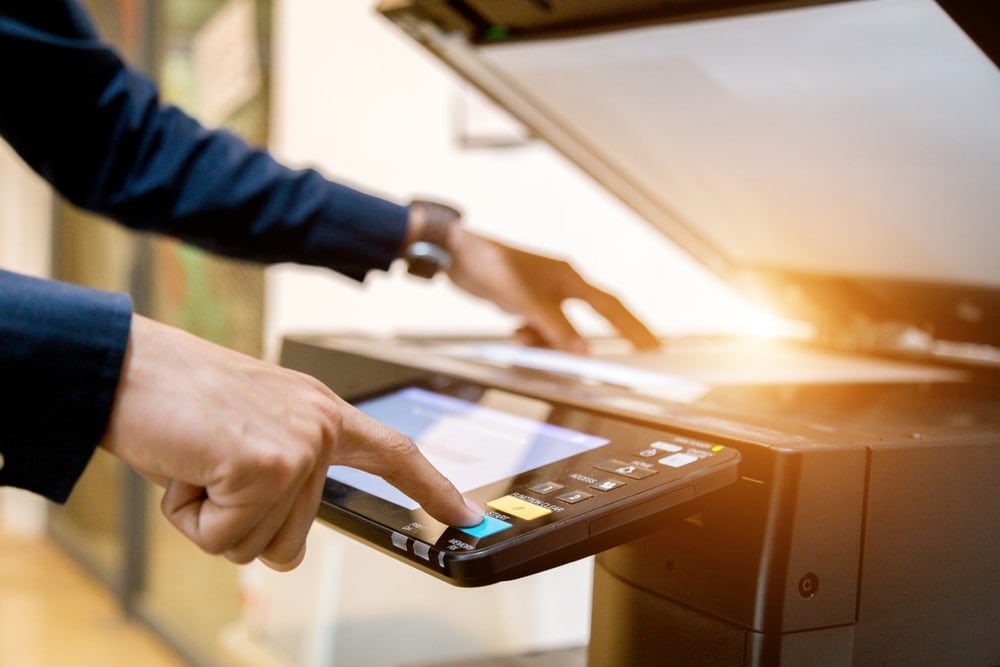
The four factors of production that drive an economy and keep businesses chugging along day after day, year after year are land, labour, entrepreneurship and capital. Of these, capital which comprises factory equipment, tools and other similar manufacturing agents is one of the easiest to obtain and scale according to output. It is the only factor that is man-made. It is the most conspicuous physical representation of any commercial venture. From a hand saw used to make bespoke furniture to computers or the large factory line machines churning out an endless stream of products, these are the long term physical assets that are the backbone of a company.
Business Equipment Financing
Acquiring the requisite business equipment is clearly essential if it intends to get off the ground and also as a going concern thereafter. These assets are also classified as Plant, Property & Equipment on a company’s balance sheet and make up a portion of a company’s net worth. It is vital to quickly and economically obtain, upgrade or replace the equipment needed to sustain business operations but purchasing equipment outright can substantially strain a company’s cash flow. Business equipment financing can be a good solution to keep a business functioning optimally or meet increasing customer demand.
Paying in cash
Paying for equipment in full with cash has both advantages and disadvantages. Capital allowances are permitted in investments on fixed assets. It reduces the taxable income at the end of an assessment year, reducing the tax burden. This can be claimed over 2 – 3 years or over the useful life of the asset as prescribed by the authorities for a given asset class. As the owner of the asset, one can also exercise the decision to modify, sell or dispose of the asset. This is usually not possible in a leasing arrangement where terms of the contract have to be abided by. This can be beneficial as one can then service, improve or customise the equipment without seeking the approval of the lessor who is the legal owner of the property.
If the business owner has full ownership of the machinery, it can be seen as a more liquid asset where it can be sold or further rented out to generate cash flow to fund other more essential parts of the business.
However, this may be a prudent avenue if the return on investment exceeds the loan interest rates. In such a case, taking the loan generates more returns than it costs and can be considered a smart use of leverage.
Taking a business loan
Approaching a bank for a loan is taking a step towards maximising the benefits of leverage. In such a strategy, a business owner buys equipment on credit by obtaining a sum of money from a bank and repaying over the life of the loan with interest. Like making capital investments with one’s or a company’s funds, the advantages of full ownership, as mentioned above, can be enjoyed.
These loans, however, may come with conditions of their own, especially if the item itself forms the collateral. In this case, maintenance, sale or modifications may be restricted. The item could also be repossessed and sold off if the borrower falls behind on loan repayments.
Government grants
Aiming to spur innovation, government grants or start-up schemes are also widely available to bring financial aid to the aspiring business owner. Several government agencies such as Enterprise Singapore, Ministry of Trade and Investment amongst others have made funding available to small and medium enterprises (SMEs) such as the often mentioned PSG (Productivity Solutions Grant) and EDG (Enterprise Development Grant). These defray the costs of capital investments but have to meet the requirements set forth, such as increasing employee headcount or achieving a certain level of revenue. The upside is that these are the “cheapest” form of financing but could be restricted by the need to meet predefined milestones or losing some autonomy in business decisions.
Venture Capital/ Angel Investors
Both are similar in the sense that funds come from private sources. The difference is that venture capital pools money from multiple sources such as investment companies, a diverse set of individuals, pension funds or even other corporations while angel investors are described as investors using their own money.
These private investors are primarily concerned with a return on their investment and may set conditions and benchmarks to attain within a timeframe. Additionally, it is common for a percentage of equity in the company as part of the remuneration. This essentially gives away part ownership in one’s company.
Crowdfunding
Capitalising on the connectivity of the internet, crowdfunding brings together a disparate group of people to fund a project. This works best if the company is started to build a product that it can deliver to its backers. The upside is that there is no cost to the company, except in marketing the project to build interest and there is no obligation to release the product at all – the backers bear a large share of the risk. The transaction is facilitated by online platforms such as Kickstarter, GoFundme and Indigogo.
Leasing
Returning to more conventional territory, capital leases are one of the most popular methods of funding capital purchases.
With the availability of customisation and choices to choose from with regard to repayment, front load deposit or open-end payments, those looking for a lease are spoilt for choice.
In addition to traditional financial institutions that most borrowers are used to, there are also alternative lenders that can provide the right leasing facility. These equipment leases can also be catered for a transfer in ownership at the end of the contract period or the items can be returned to the lessor. Those taking up such arrangements can find the benefit of enjoying the long term use of vital equipment while freeing up liquidity or providing better control of cash flow management.
Equipment funding for small business
Small businesses and start ups face many challenges in establishing themselves in the industry. Choosing the right method to finance that all important investment in crucial equipment like factory hardware or even commercial vehicles to bring the goods to market is a long-term commitment that would make an impact on every business owner.




